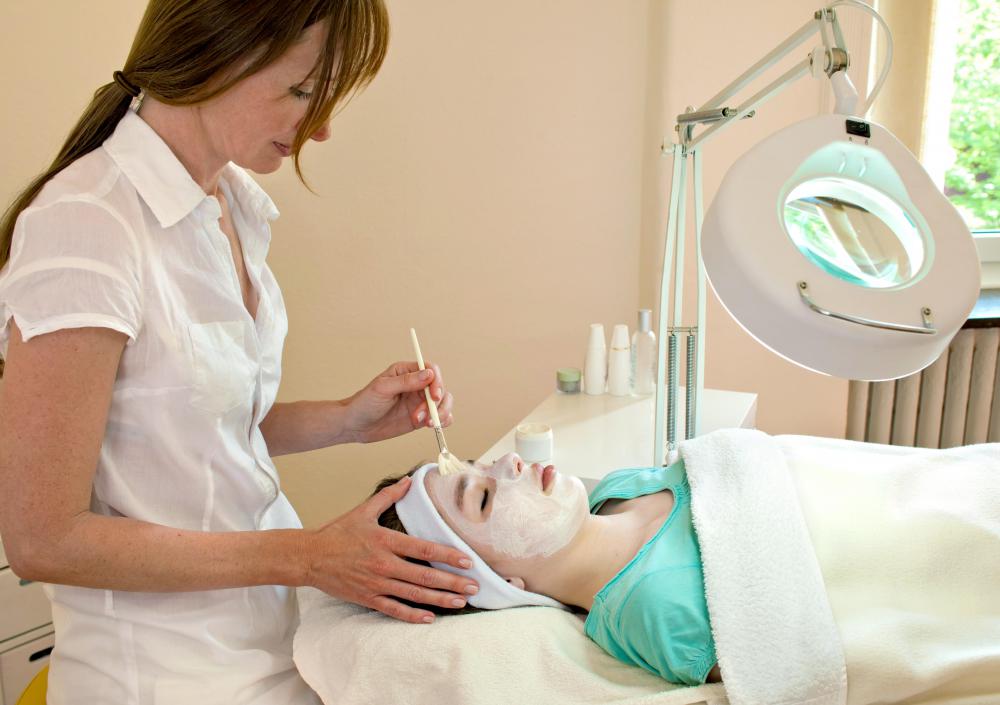At TheHealthBoard, we're committed to delivering accurate, trustworthy information. Our expert-authored content is rigorously fact-checked and sourced from credible authorities. Discover how we uphold the highest standards in providing you with reliable knowledge.
What is Actinic Cheilitis?
Actinic cheilitis, also known as actinic cheilosis, is a precancerous lesion on the borders of the lip. It is often caused by chronic sun exposure and damage. The term actinic is derived from the Greek word actis, which means ray, in reference to the sun’s rays, while cheilitis means inflammation of the lip. Signs of actinic cheilitis include loss of the vermilion or red border of the lip, thickening, discoloration, and formation of scales. It is more common in males who are of older than 50, and in light-complexioned individuals who are chronically exposed to the sun.
The primary cause of actinic cheilitis is exposure to the ultraviolet rays of the sun for prolonged periods without protection. Ultraviolet rays damage the cells and their DNA, leading to changes such as thickening of the superficial dermis, formation of blue-gray elastic fibers or elastosis by sun-damaged fibroblasts, increased production of keratin, and increased nucleus-to-cytoplasm ratio or atypia. The pathogenesis of actinic cheilitis is similar to that of actinic keratosis, which refers to a premalignant lesion on other sun-exposed sites such as the face, dorsum of the hands, and arms. Both actinic cheilitis and actinic keratosis can cause squamous cell carcinoma.

Actinic cheilitis usually develops very slowly, and the affected person does not initially notice the change. The first actinic cheilitis symptoms that occur include mild puffiness of the lip, loss of the vermilion border between the lip and the surrounding skin, and some areas with pallor and redness. As it worsens, the area becomes rough, thickened, scaly, and dry. Acquired dyskeratotic leukoplakia, which manifests as white plaques on the lips, may also appear.

Some people develop painless ulcers in the involved area, particularly when it is subjected to mild trauma. These ulcers may exist for months or years before the patient actually goes to the doctor. Ulcers that last for more than two months increase the suspicion for malignant degeneration and should be subjected to biopsy.
Actinic cheilosis is irreversible, and approximately 6–10% of cases eventually develop into squamous cell carcinoma, thus the consensus of physicians is to treat it as soon as it is diagnosed. Confirmation of diagnosis is through a skin biopsy. Actinic cheilitis treatment options include topical application of 5-fluorouracil or imiquimod, electrosurgery, chemical peel, scalpel vermillionectomy or lip shave, and carbon dioxide laser vaporization. These methods lead to the destruction or removal of the affected epithelium, but they may cause pain and swelling after treatment. Fortunately, these treatment options are curative and present a low rate of recurrence.
AS FEATURED ON:
AS FEATURED ON:
















Discuss this Article
Post your comments